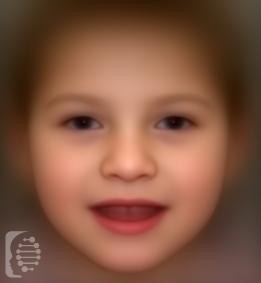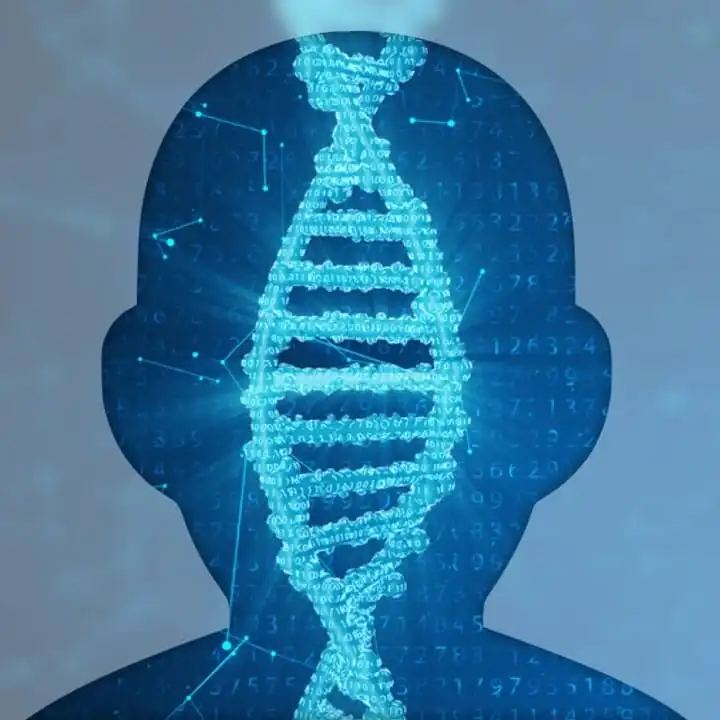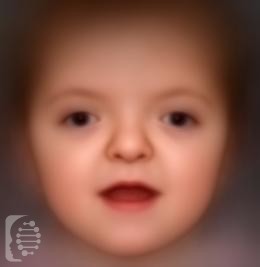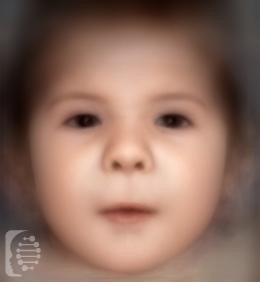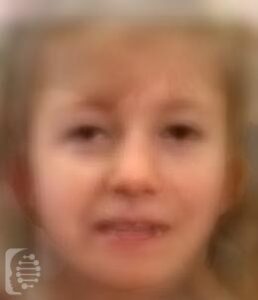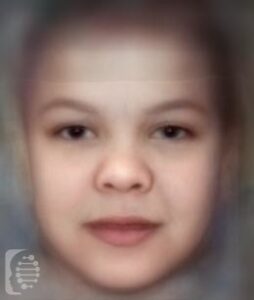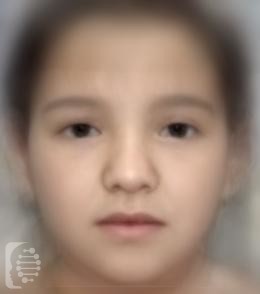
Andersen Cardiodysrhythmic Periodic Paralysis
Andersen Cardiodysrhythmic Periodic Paralysis, also known as Andersen-Tawil syndrome is a very rare genetic syndrome that has been diagnosed in around 200 individuals worldwide, up to 2018. The main symptom of the syndrome is periodic paralysis accompanied by muscle weakness. These symptoms are progressive and may worsen over time. This syndrome is also known as:Andersen […]



